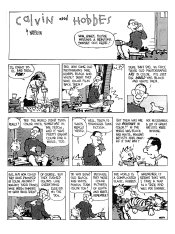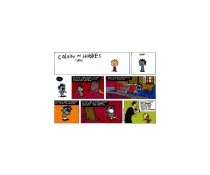thuggins
Member
Many you may have seen the pictures taken by photographers commissioned by the Farm Security Administration and Office of War Information during the '30's and '40's. These are now in the Library of Congress and have recently been made available on the web. These shots are an invaluable historical record, and I'll leave aside the inevitable political commentary of "the government wasting our tax dollars taking a bunch of stupid pictures".
Instead I'm interested in the technical character of the images. Obviously these were all shot with that newfangled Kodachrome. The color rendition is very different from my experience with Kodachrome. These shots all have a very subdued appearance, almost like a subtle sepia tone over the whole image. There could be several explanations for this:
1) This was charactaristic of the original Kodachrome formulation
2) This is an example of Kodachrome aging
3) This is a result of the scanning process
4) the world just wasn't as colorful back then
I'm leaning towards a combination of the first two. Documentation on the effects of Kodachrome aging indicate that the yellow degrades the fastest. This could certainly explain why the images consistently lack a brightness.
For those who haven't seen them, samples from the collection can be found here:
Dead Link Removed
Instead I'm interested in the technical character of the images. Obviously these were all shot with that newfangled Kodachrome. The color rendition is very different from my experience with Kodachrome. These shots all have a very subdued appearance, almost like a subtle sepia tone over the whole image. There could be several explanations for this:
1) This was charactaristic of the original Kodachrome formulation
2) This is an example of Kodachrome aging
3) This is a result of the scanning process
4) the world just wasn't as colorful back then
I'm leaning towards a combination of the first two. Documentation on the effects of Kodachrome aging indicate that the yellow degrades the fastest. This could certainly explain why the images consistently lack a brightness.
For those who haven't seen them, samples from the collection can be found here:
Dead Link Removed














